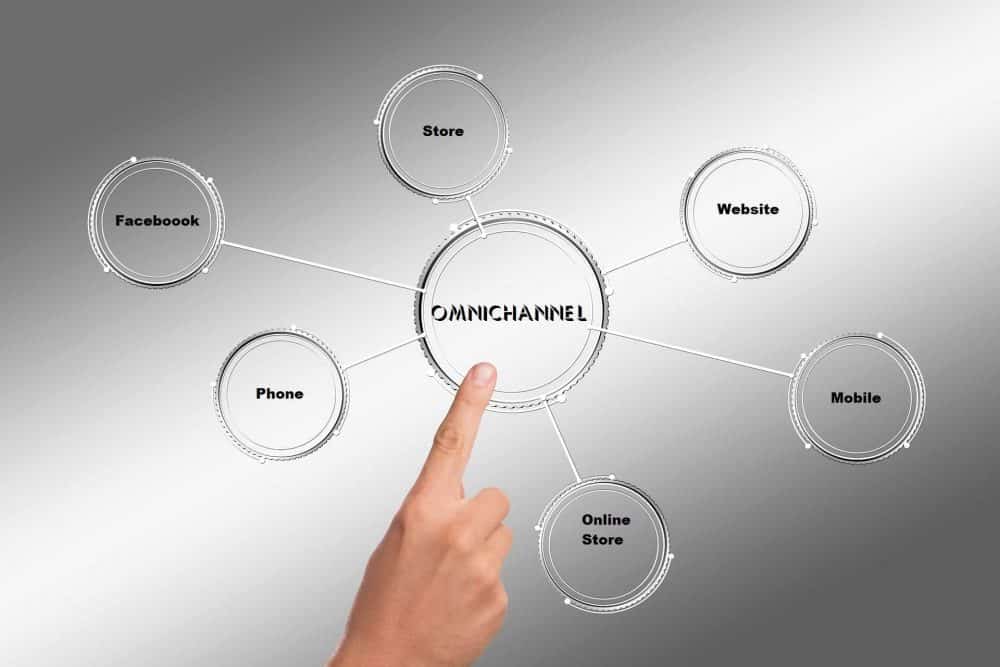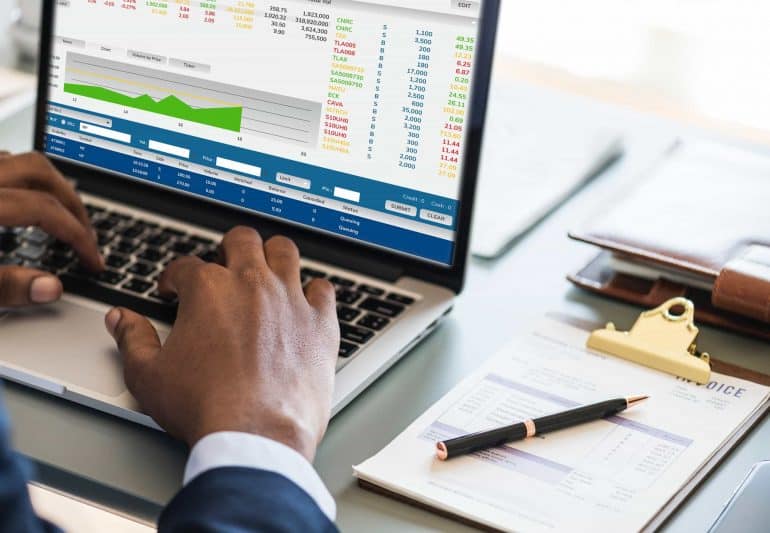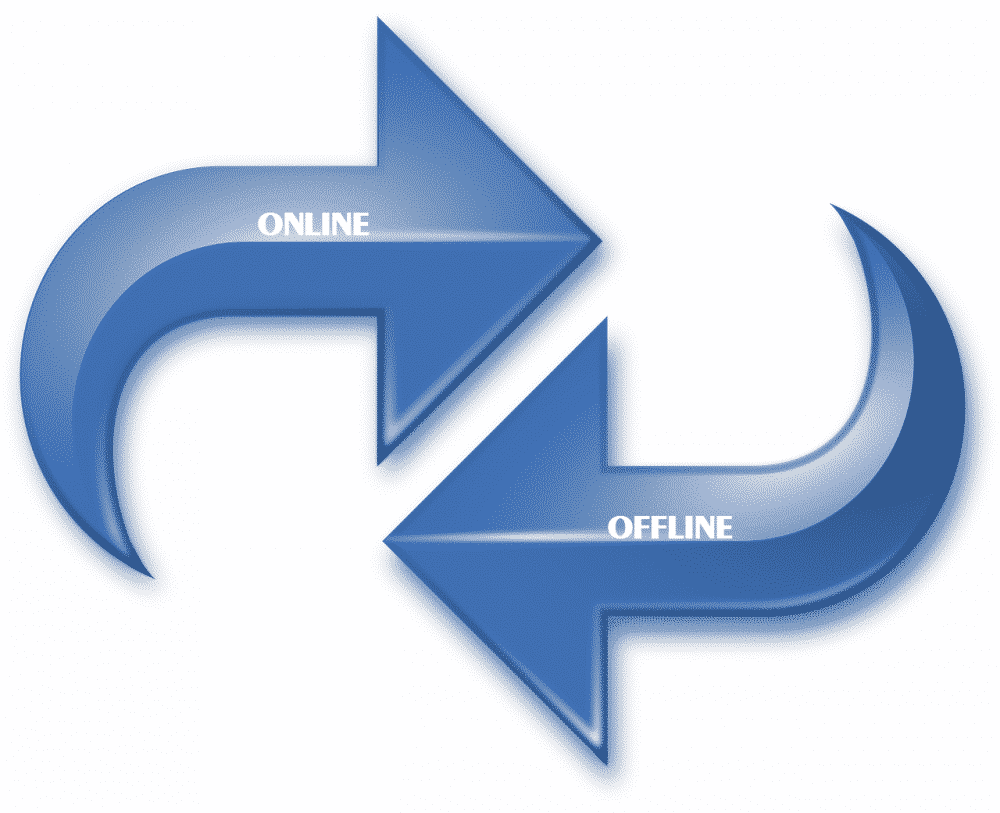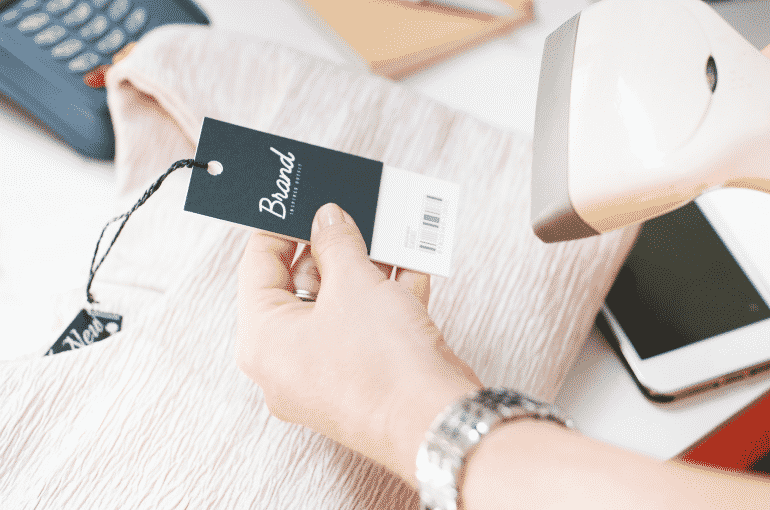6 Tips for Developing Omnichannel Easily
The retail industry is at the crossroads now. The following shift to digital is driven by the market as the digitally literate consumer is always pushing for better deals, better services, or simply put an improved shopping experience. Thank god for Omnichannel will help you all your problem as below.

It can help you:
- Sell through all as much as channels: Facebook, website, store…
- Manage data
- Update stock of all stores you have
- Well corporate between online and offline store
- Use your own software system definitely
What Exactly Is Omnichannel?
Omnichannel retail is an approach to marketing and sales that provides customers with a fully-integrated buying experience by combining user experiences from brick-and-mortar to mobile-browsing and everything in between. In other words, it is made up of singular customer touchpoints, over a diversity of channels that seamlessly connect, enabling customers to pick up where they left off on one channel and continue the experience on another.

Some Benefits When Your Company Chooses the Omnichannel Approach:
- Getting a single view of your product and service offering across digital and physical commerce.
- Cutting down beginning charge
- Trustful operation system
- Flexible cost
- Developing and expanding easily
- Efficiency
An omnichannel solution houses data in one place to centralize control and do your business into a capable omnichannel provider for your customers.
And the big question is…
How to Develop an Omnichannel Strategy?
Define Your Customer’s Behaviors
Analyze which way your customers discover your business, where they like to shop, to hang out, and what experiences motivate their daily lives. You can zoom in to observe the exact path each customer took before buying. Which devices, phones, and apps a customer used throughout their journey. Therefore, you know which channels and campaigns deserve proper ‘credit’ for driving the sale.

Omnichannel means realizing that different individuals will use different channels to make a purchasing decision. Also, they’ll purchase in various ways. Catching your consumers in the way that works for them means being provided across multiple channels
Manage User Data
According to Retail Systems Research Institute, 54% of marketers showed that the biggest inhibitor in building a steady omnichannel customer experience is not having an individual view of customers across channels. More significant than gathering user data, is sorting through and organizing the big data. Guarantee you have the right infrastructure in place to store huge quantities of data and the ability to access it quickly as well. Organized data performs it simpler to scale marketing efforts and target the right customers, at the right time.

Integration is the core when it comes to making big data for e-commerce work. At the data level, this means connecting structured and unstructured data, including that from social media and IoT networks, into one master pool. At the software level, such integration is required to assure there are no breaks, duplications, and manual intervention needed to get clear and actionable data insights.
Make Every Touchpoint Shoppable
With these deep, symbiotic links between channels, you could run promotion campaigns on social media, drive traffic to your website, have users explore how others use your product, and check out directly from there.
Sync Perfectly between Online and Offline
Using this omnichannel integration, they’ve seen a 3X higher return on investment with seamless user experiences from offline to online and vice versa.

Consumers want to join your brand both online and offline. When the consumers shop in-store, they can use their app to find out-of-stock things or look for exclusive discounts via their loyalty member program. With the app, they can test the colors of their products virtually, adding items to their cart for later in-store pickups.
Refine the Strategy
A perfect omnichannel retail strategy does not stop with one purchase. As the latest technologies and trends emerge, retailers need to update their tactics as new channels keep opening continually. A smart team knows that flexibility and the ability to change as you learn from your data are what guide a thriving and dynamic strategy.
Measure Your Efforts
A truly effective omnichannel plan isn’t overwhelmed by cross-channel data. Rather, it permits you to get clear visibility on all your initiatives, and it turns customer action and feedback into insights that you can act on
Conclusion
Always look for new outlets and approaches to connect every channel. Perform an experience that isn’t locked into a particular platform. Rather, create an experience that can be finished and repeated on each with omnichannel.
Related post: 7 Practical Benefits of Personalization in Retail









